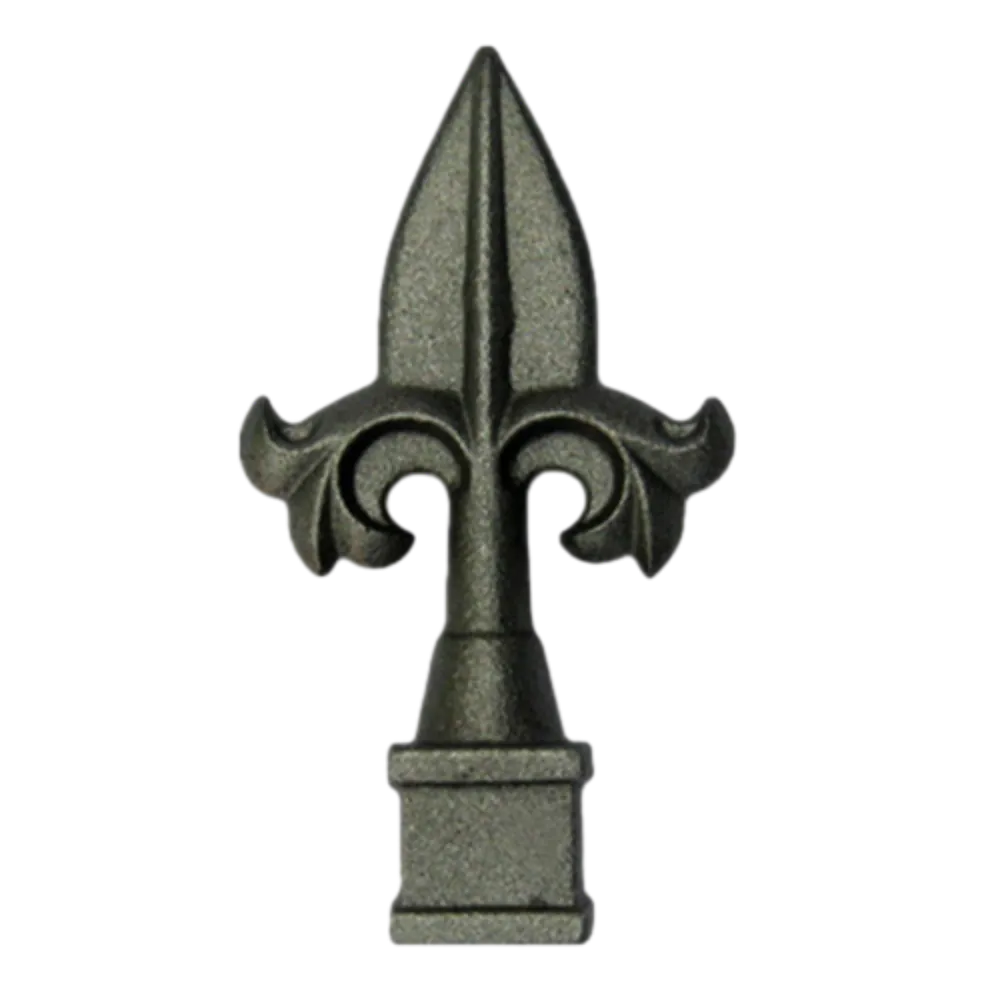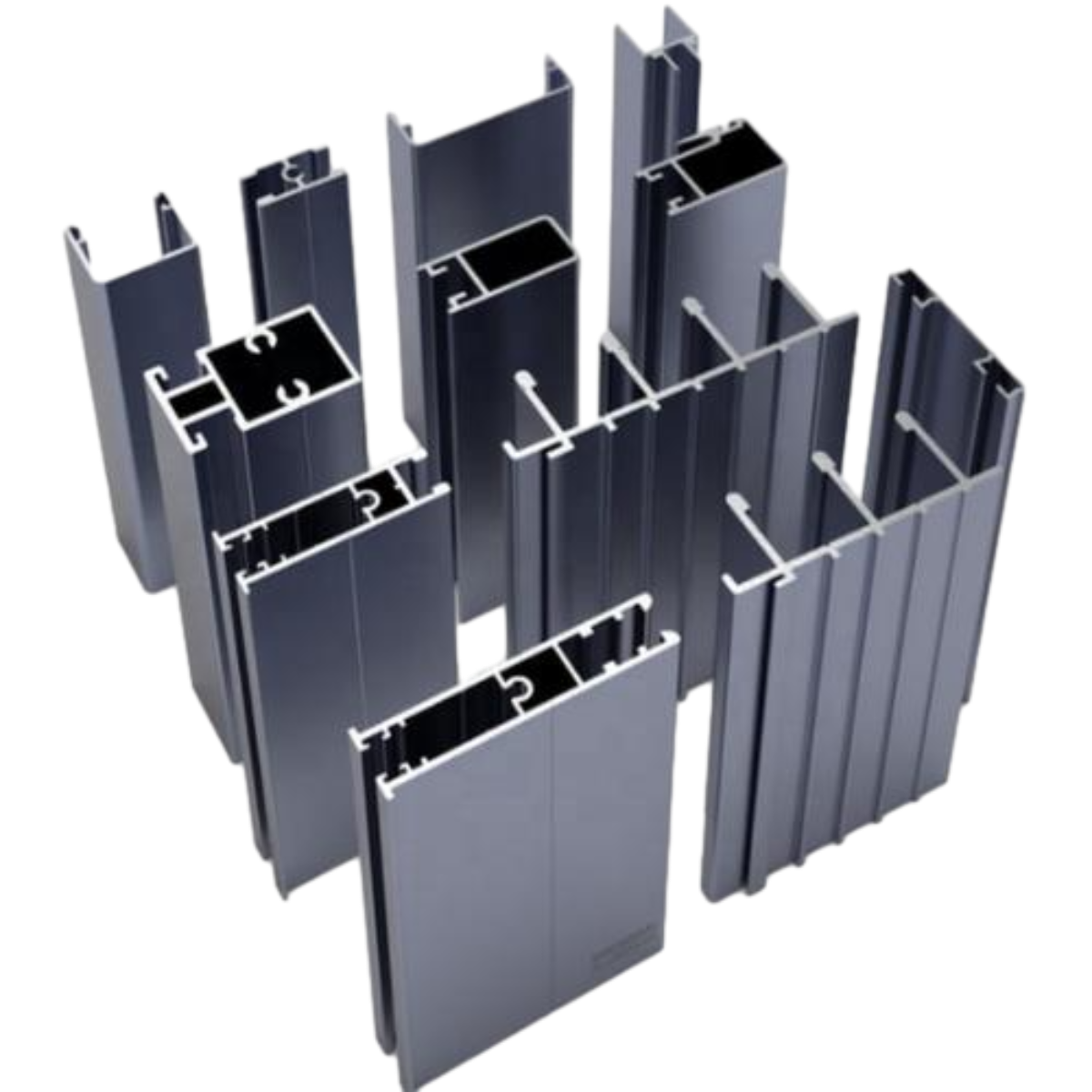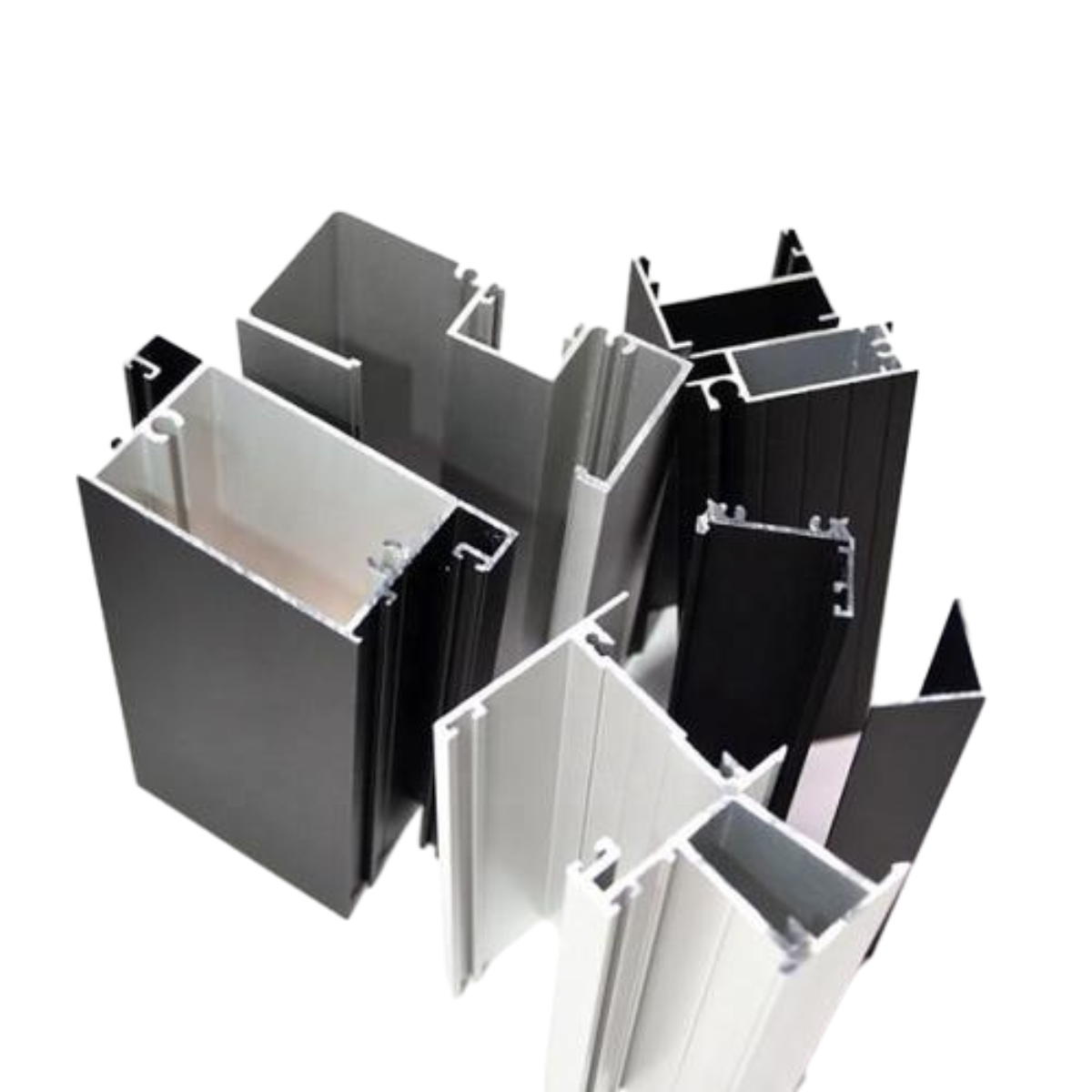Exploring the Beauty and Versatility of Decorative Metals in Contemporary Design and Architecture
The Allure of Ornamental Metals
Ornamental metals have long captivated artisans, architects, and designers with their versatility and aesthetic appeal. These materials are not merely functional; they embody artistry and craftsmanship, transforming ordinary structures into extraordinary visual spectacles. From ancient civilizations to modern design, ornamental metals have played a crucial role in enhancing the beauty and functionality of spaces, objects, and artworks.
Historically, ornamental metals such as bronze, brass, copper, and wrought iron were used to create intricate designs and embellishments in architecture and furniture. The use of metals in art can be traced back to the ancient Egyptians, who incorporated gold and bronze in their jewelry, sculptures, and tombs. The Greeks and Romans further advanced this art form, producing elaborate metalwork that adorned their temples and palaces. The reflections of these historical styles can still be seen in contemporary designs, where the elegance of ornamental metals finds a place in modern architecture and interiors.
One of the most mesmerizing aspects of ornamental metals is their ability to be shaped and manipulated into intricate forms
. Skilled artisans can hammer, cast, and forge metals to create elaborate patterns and textures. For instance, wrought iron, known for its durability, has been used to create beautiful gates, railings, and furniture pieces that are both functional and artistic. The craftsmanship involved in wrought ironwork showcases the metal’s potential to be transformed into delicate designs, often featuring swirling motifs and geometric patterns that add a touch of sophistication to any setting.Copper, with its vibrant reddish hue, is another popular ornamental metal that ages gracefully, developing a beautiful green patina over time. This patination process is not only a sign of age but also adds character to architectural elements and artworks. Copper is often used in roofing, building facades, and decorative accents because of its malleability and resistance to corrosion. Artists frequently use copper in sculptures and installations, where its reflective properties can evoke dynamic light effects, creating an engaging interaction with viewers.
ornamental metals

Brass, an alloy of copper and zinc, is revered for its warm, golden tone, making it a favored choice for decorative features such as fixtures, knobs, and accents. Its popularity in design stems from its ability to complement a variety of styles, from traditional to contemporary. Additionally, brass has antimicrobial properties, making it a practical choice for items that require high hygiene standards, such as kitchen and bathroom fixtures.
With the rise of sustainable design, the appeal of ornamental metals has grown even further. Reclaimed metals are increasingly being used in creating eco-friendly furniture and decor items. By repurposing old materials, designers not only reduce waste but also add a story and authenticity to their creations. This movement has sparked a resurgence in the appreciation of skilled metalwork, as artisans embrace traditional techniques while integrating modern aesthetics.
The influence of technology in the realm of ornamental metals cannot be overlooked. The advent of computer-aided design (CAD) and laser cutting has allowed for precision and creativity unprecedented in the field. Designers can now explore complex geometries and intricate detailing, pushing the boundaries of what is achievable with metal. The result is a remarkable fusion of traditional craftsmanship and modern innovation.
In conclusion, ornamental metals serve as a testament to human creativity and skill, bridging the gap between functionality and artistry. Their timeless appeal continues to inspire designers and architects, allowing them to create breathtaking works that enhance our environments. As we move forward, the legacy of ornamental metals will undoubtedly persist, evolving with innovations while retaining the intrinsic beauty that has captured the hearts of many for centuries.
-
Why Choose Cast Iron for Your Next Project?NewsApr.27,2025
-
Timeless Charm of Cast Iron Decorative ElementsNewsApr.27,2025
-
Wholesale Cast Iron Products: A Growing Trend in Home and Garden DécorNewsApr.27,2025
-
The Advantages of Using Ornamental Cast Iron Parts in Your Design ProjectsNewsApr.27,2025
-
Why Ornamental Iron Castings Are Essential for Timeless DesignNewsApr.27,2025
-
The Elegance and Durability of Ornamental Cast Iron PanelsNewsApr.27,2025















